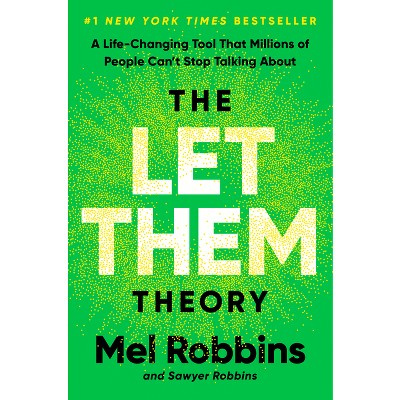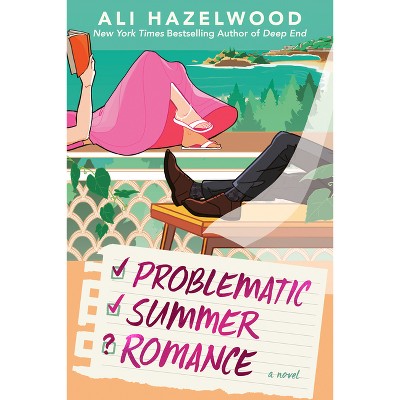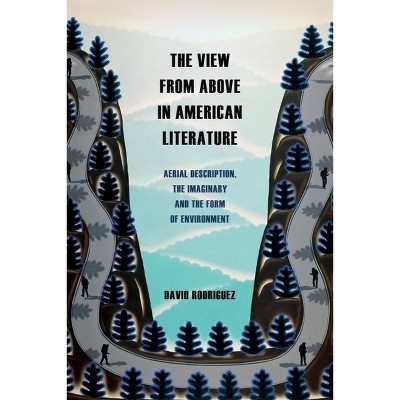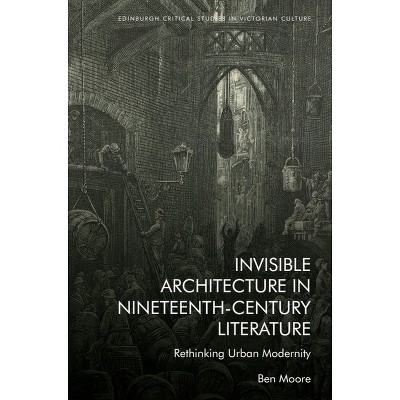About this item
Highlights
- This book argues that the rapid development of anti-vagrancy laws in the late nineteenth century, which were written alongside widespread public fascination with 'tramps', facilitated a transatlantic dialogue between sources eager to modernize the state's ability to describe, catalogue, and manage this roving population.
- Author(s): Bryan Yazell
- 192 Pages
- Literary Criticism, American
Description
About the Book
Widespread panic once generated by 'tramps' produced interdisciplinary and international dialogue on race, work, and welfare
Book Synopsis
This book argues that the rapid development of anti-vagrancy laws in the late nineteenth century, which were written alongside widespread public fascination with 'tramps', facilitated a transatlantic dialogue between sources eager to modernize the state's ability to describe, catalogue, and manage this roving population. Almost always depicted as white, solitary, and artistic, the tramp character was once a menacing threat to society only to disappear from the public eye by the postwar period. This book brings to light the often-surprising lines of influence between authors, sociologists, and government authorities who alike seized on the social panic around tramping in order to reimagine the relation of work to national citizenship.
Review Quotes
By reading the figure of the tramp across literary narratives and articulations of the welfare state, The American Vagrant in Literature situates the white, male tramp as a generative figure for liberal welfare reform and rehabilitation. Yazell's work models an exciting comparative approach to both vagrancy narratives and the international emergence of the welfare state, as well as a methodology attuned to literature as both an instrument and, at times, a counterbalance to governmentality.--Hsuan L. Hsu, University of California, Davis
Shipping details
Return details
Trending Fiction












